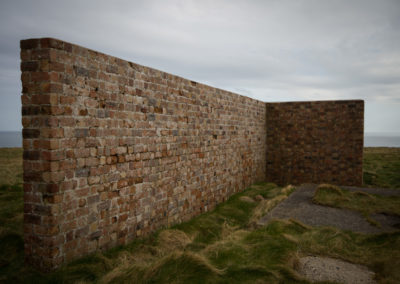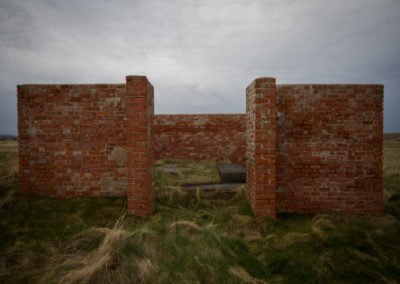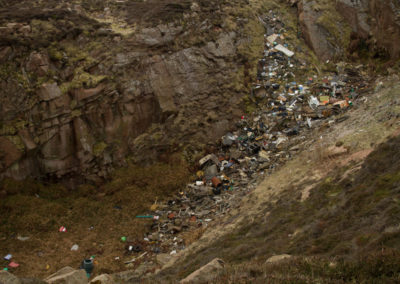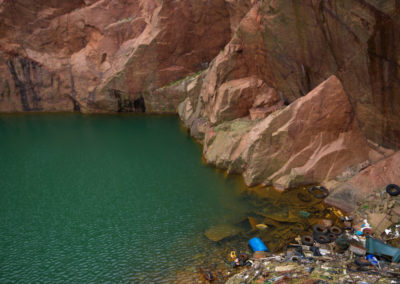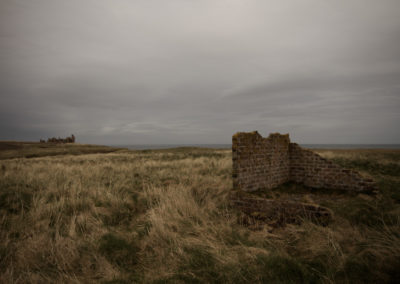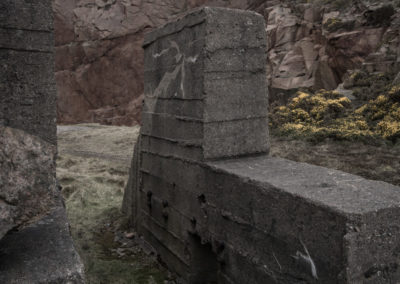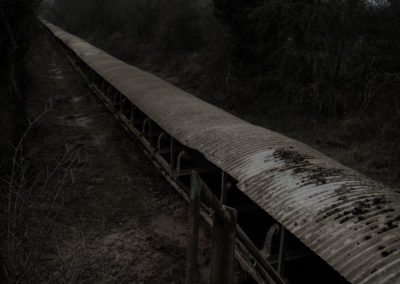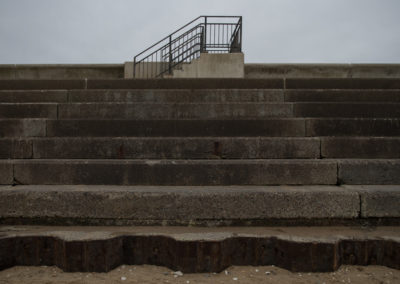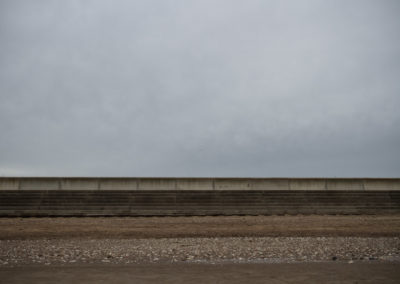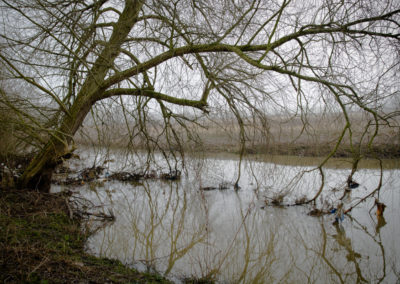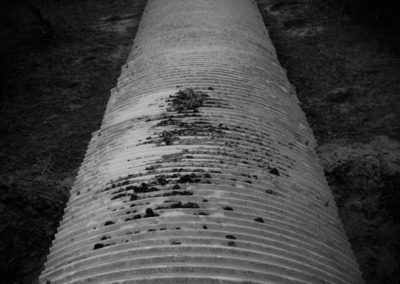I’m fairly unsentimental about stuff. It takes a lot for me to be moved by a scene – I almost have to remind myself to feel joy in something.
For years I carried my worries with me. I carried them to the places I photographed here so I was never really there. My thoughts were disassociated from the moment and from these pictures I remember what I was thinking.
And the thing is, I still have no idea how they actually appear – I can never look at them with fresh eyes.
“We do not see things as they are, we see things as we are.” – Anais Nin
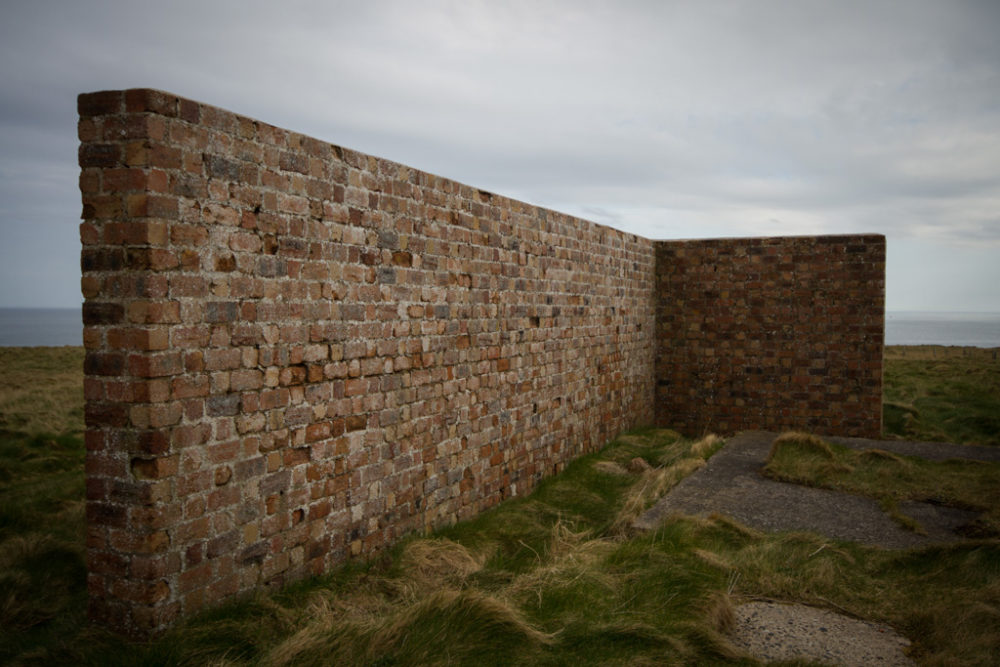
Defensive by Jacqui Booth
I’m interested in that certain something that triggers a thought process off. That certain something that pings on the lights deep inside my brain – squeezes out that certain mix of chemicals that I like to feel – then I might lose myself for a bit. It could be a person. Often it’s a song. Rarely it’s a film. Most reliably, it’s taking photos. Then, for a while, life takes on the right pace. It’s satisfying and absorbing. With a photo I can keep this feeling going, editing, sharing, printing. Pivotal points in my life gain resonance and thoughts can be re-examined, noting a change or a decline, but nearly always learning and building. Moving on.
My camera demands to be taken places. And the land is just about the only place that allows you to draw your own interpretation. Architecture and people are interesting – but unspoilt, classic buildings are designed by others so you’re at best mimicking their achievements and with people it’s a collaboration, strictly speaking. Meanwhile, the contours of the land, the ruined traces of humanity that pervade it and the foliage covering it are mute. Even the prevailing environmental factors have no voice really other that what we’ve applied through folklore and literature. It’s up to you. You’re the one making it speak, be it a howl, whisper or a lullaby. It’s there for the taking.
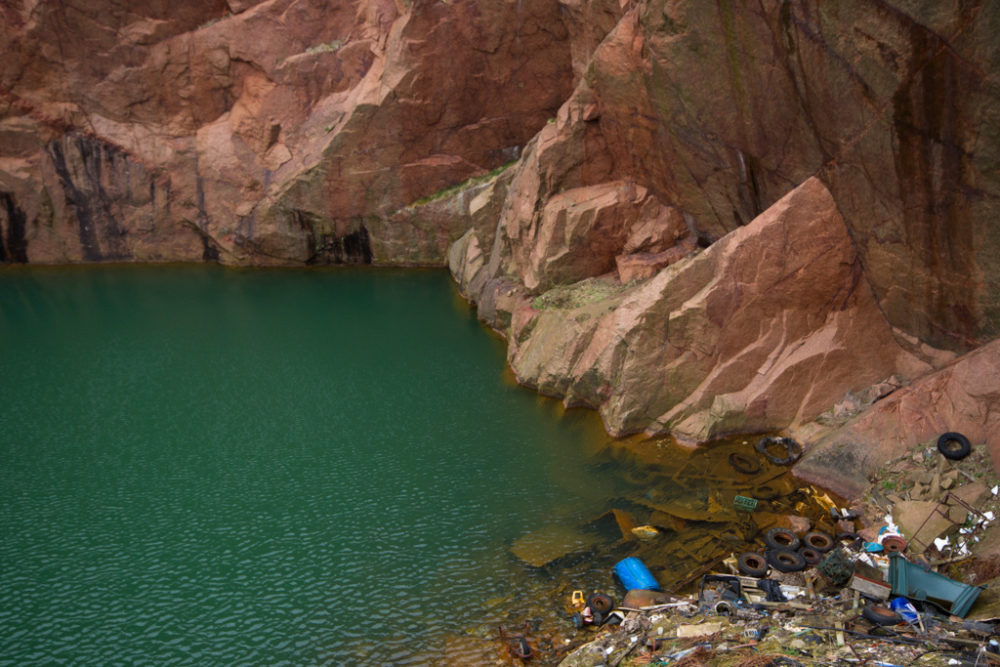
Scarred by Jacqui Booth
The photos from Yours and Mine were taken mainly on the North East coast of Scotland, in week three of what was a fearsome bout of flu. I only functioned due to regular doses of paracetamol, ibruprofen and a fearsome cold remedy that contained ephedrine, which is also charmingly known as trucker speed. Needless to say, I wasn’t in a good way physically, nor emotionally. I still wasn’t feeling grounded when I took the last photos, almost a year later, but this seems to have preceded a period of comparative calm. Each one of the images holds a story, though as I move away from them in time, those stories are fading in my mind. I don’t wish to probe, to prod and reawaken them. I shall leave them to die and hope that their replacements are a little kinder.
“Let it go! You are completely enough!” Nick Cave, The Sick Bag Song
A big thank you to Jacqui for letting us feature her work!
About Jacqui
Jacqui lives in Leicestershire, which she loathes quite a lot of the time, but is learning to love it, bit by bit.
Whilst Jacqui doesn’t have any formal training in photography, she does have a dislike of photographic cliches. It was only recently that she learnt that it was okay to study other photographer’s output in order to develop. To look and hopefully forget most of it, just taking the bit she can use to inform what she does, in her way, to get across what she want’s to communicate.
“I’m interested in that certain something that triggers a thought process off. That certain something that pings on the lights deep inside my brain – squeezes out that certain mix of chemicals that I like to feel – then I might lose myself for a bit. It could be a person. Often it’s a song. Rarely it’s a film. Most reliably, it’s taking photos. Then, for a while, life takes on the right pace. It’s satisfying and absorbing. With a photo I can keep this feeling going, editing, sharing, printing. Pivotal points in my life gain further resonance and thoughts can be re-examined, noting a change or a decline, but nearly always learning and building. Moving on.” – Jacqui Booth
You can contact and view more of Jacqui’s work through her website: www.jacqui-booth.co.uk
Unless otherwise stated, all images and words in this article are © Jacqui Booth

